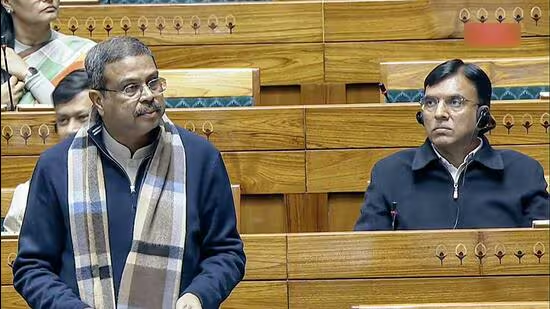





Copyright infringement not intended
Picture Courtesy: https://theleaflet.in/what-does-indianisation-and-reform-mean-in-the-context-of-the-three-new-criminal-law-bills/
The Adoption of new Criminal Codes, the Bharatiya Nyaya Sanhita (BNS), Bharatiya Nagarik Suraksha Sanhita (BNSS), and Bharatiya Sakshya Adhiniyam (BSA) generated significant controversy.
The new codes require judgements to be given within 45 days of trial completion and charges to be filed within 60 days of the first hearing. However, these time frames raise questions about the system's current capabilities.
The justice system has numerous challenges that hinder its ability to provide timely and equitable justice. More than 5.1 crore cases are pending in various courts. The average workload has increased, resulting in longer trial lengths and greater undertrials.
According to the India Justice Report, lower courts have a 21% vacancy rate, while high courts have a 30% shortage. This lack of staff causes delays in justice and compromises the quality of legal procedures.
The law now allows first-time offenders who have completed one-third of their sentence to seek bail instead of the former requirement of serving half. Though the move looks good, it highlights the ongoing problem of poor implementation.
Despite having legal assistance and regulatory bodies, many undertrials are held in prison for long periods due to administrative inefficiencies.
India still faces serious forensic capacity challenges. There is a shortage of forensic labs, trained specialists, and necessary equipment.
As technology advances, so does the nature of evidence. Therefore, courts must ensure that electronic evidence is tamper-proof and that its integrity is preserved throughout its existence. Judges need training to understand the legitimacy of digital evidence to uphold public trust in the judicial system.

A comprehensive approach to training and resource allocation is required. Police officers, judges, forensic experts, and Legal stakeholders must receive modern training to ensure that all participants understand all aspects of the new criminal codes.
Infrastructure upgradation required for an efficent Judicial system. Courtrooms must be equipped with the required technology to handle electronic evidence. Investing in modern facilities has the potential to speed up the process and contribute to the efficient resolution of cases.
The new code requires female officers to record statements of women victims; however, only 20% of female police officers in senior ranks may make implementation challenging. To address this issue, the government should prioritise training more female officers and boosting their presence in senior positions. This can help establish trust with victims and urge them to come forward.
Modern technology can strengthen the legal system. Digital case management tools can assist courts in managing their proceedings more efficiently, and online platforms can help struggling individuals access legal aid. This can empower marginalised communities while ensuring all individuals have access to justice.

Must Read Articles:
Three criminal laws to be effective from July 1
Source:
|
PRACTICE QUESTION Q.Critically analyze the role of the police in the Indian criminal justice system. What are the major challenges law enforcement agencies face, and what reforms are necessary to address these issues? (250 words) |





© 2025 iasgyan. All right reserved